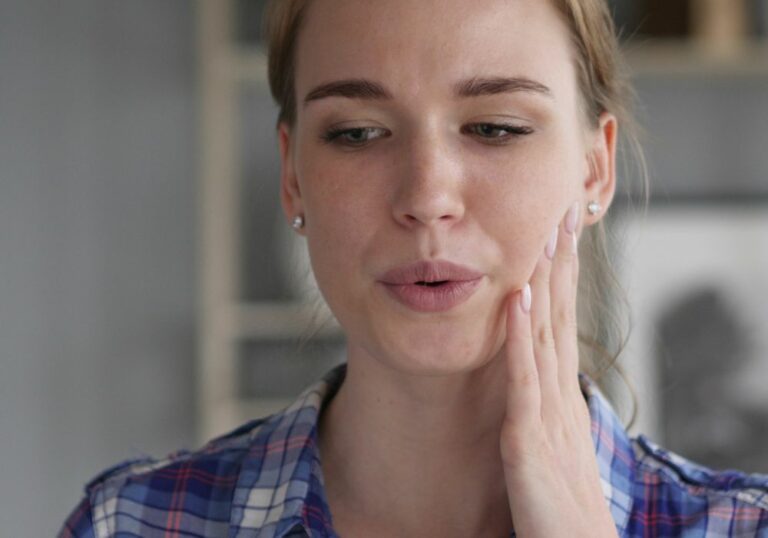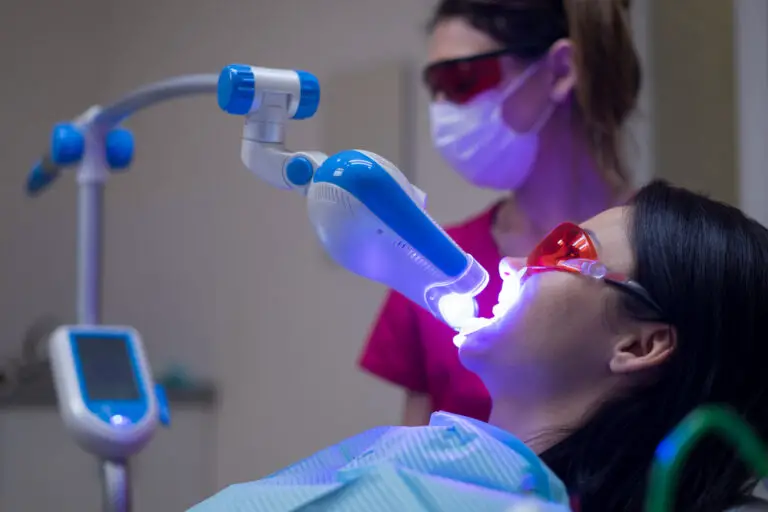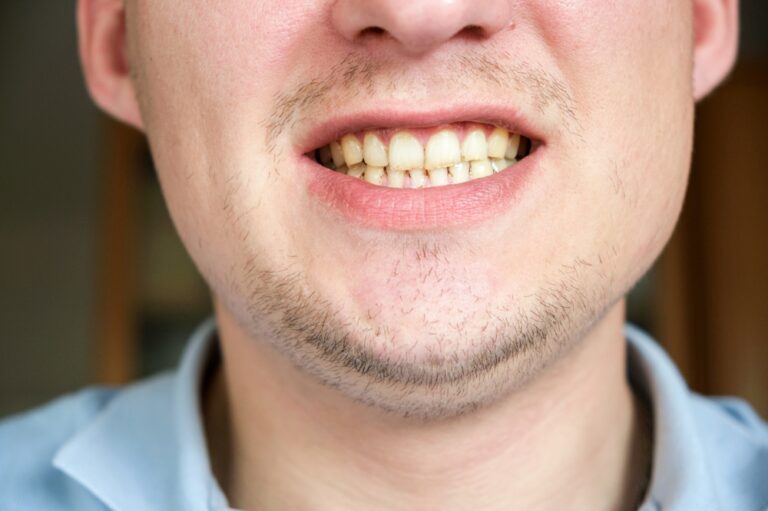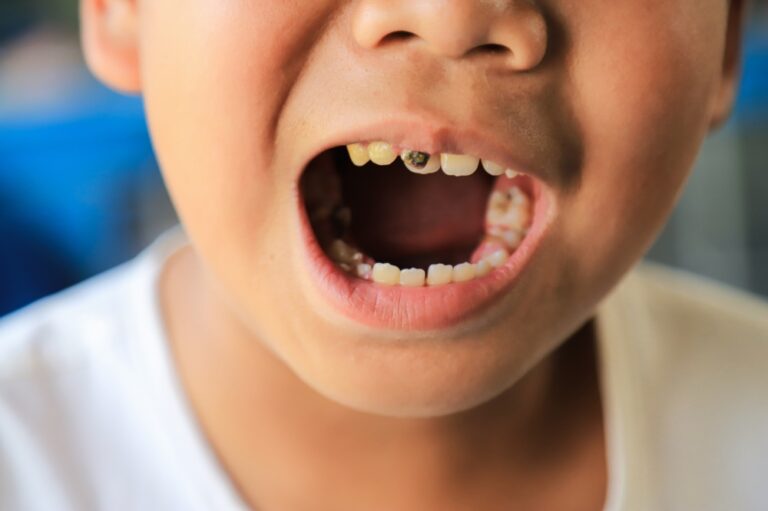Dogs rely on their mouth for quite a bit. It allows them to communicate using different sounds, explore scents through taste, eat tasty treats, and scarf down nutritious meals. Because of this, you want to ensure their mouth stays as healthy as possible.
Even with proper care, your dog may still need some teeth pulled. While they can technically have their entire set of 42 teeth pulled (with the proper accommodations), it’s best to prioritize dental care and limit losses as much as possible.
In this guide, we explore what happens if a dog’s teeth are pulled, what to look for in dental development, and common dental issues before explaining how to avoid this worst-case scenario.
How a Dog Can Have All Its Teeth Pulled
While it’s not ideal for dogs to live without any of their 42 adult teeth, it’s doable with the proper level of care. If the dog were living in the wild, it wouldn’t be able to hunt or tear up its prey effectively, and it would starve.
Your veterinarian will probably only do this if their teeth pose a major threat to their overall health, and they will oversee their future health to ensure they continue to thrive afterwards.
Dogs without teeth will need much softer food. You can hydrate normal kibble and mash it up, but it’s usually easier to go with a powder intended for rehydration or wet food without any chunks.
Treats would be difficult as well. Soft meat, like turkey or chicken, may work well after your dog has their teeth pulled. Cooked vegetables, like carrots or sweet potatoes, are also easy to soften up.
This won’t excuse you from brushing your dog’s teeth, either. Your vet will still tell you to clean their gums to prevent infection and keep your dog’s mouth as healthy as possible.
While a dog can handle having all their teeth pulled, expect it to affect their quality of life. As you’ll see, a dog’s teeth develop to allow them to eat a nutritious diet, keep their fur clean, and explore the world around them.
As their owner, it’s your job to minimize potential health issues by keeping up with routine care and medical visits. This won’t guarantee your dog never has a tooth extraction, but it gives them the best shot at a quality life.
Development of a Dog’s Teeth
Dogs are not born with teeth (which their mothers surely appreciate), but they show up pretty early on. The timeline of dental development can be split between temporary baby teeth (also known as milk or deciduous teeth) and permanent adult teeth.
Puppies (Milk Teeth)
Puppy teeth show up right as puppies begin to wean, usually around 3 to 6 weeks. They appear in smaller size and smaller numbers, divided between:
- Incisors: around 4 to 6 weeks
- Canines: around 3 to 5 weeks
- Premolars: around 5 to 6 weeks
Baby teeth allow them to get by while learning to eat normal food. While they’re replaced with similar teeth later on, the small size of these temporary teeth fit the smaller jaw perfectly while accomplishing similar tasks.
The main issue surrounding baby teeth involves retention (when they don’t lose their baby teeth). While this is more common with small breed dogs, it can happen to any puppy.
Otherwise, most lose all of their baby teeth by the time 8 months of age.
Adults (Permanent Teeth)
Adult dogs have 42 permanent teeth, unless some are pulled or some never emerge.
This includes:
- 6 sets of incisors
- 2 sets of canines
- 8 sets of premolars
- 10 total molars (4 on top; 6 on bottom)
Each of these teeth serve a different function, and they’re all there to work together. While a dog can have any number of them pulled, doing so compromises their dental health and puts more stress on the surrounding teeth.
Incisors are the small teeth up front with sharp points. These are used to grab things, primarily food, but they also comb through fur nicely and work well to remove stickers or other objects.
Canine teeth are a trademark of dogs (hence “canines”). They’re the longest teeth in the mouth. Despite having the lowest number, these teeth have seen thousands of years of evolution. They have a slight curve that gives these predators an advantage once they have something in their mouth.
Premolars are the smaller grinding teeth seen after the canines. Because dogs are carnivores, these lack the flat, wide appearance we see in our own mouths. Instead, they’re triangular and used to saw through and grind up food.
Molars operate in the same way, but they’re larger. A puppy will not have any of these, and they only emerge after 4 to 7 months to fill the growing jaw.
Why Dogs Have Teeth Pulled
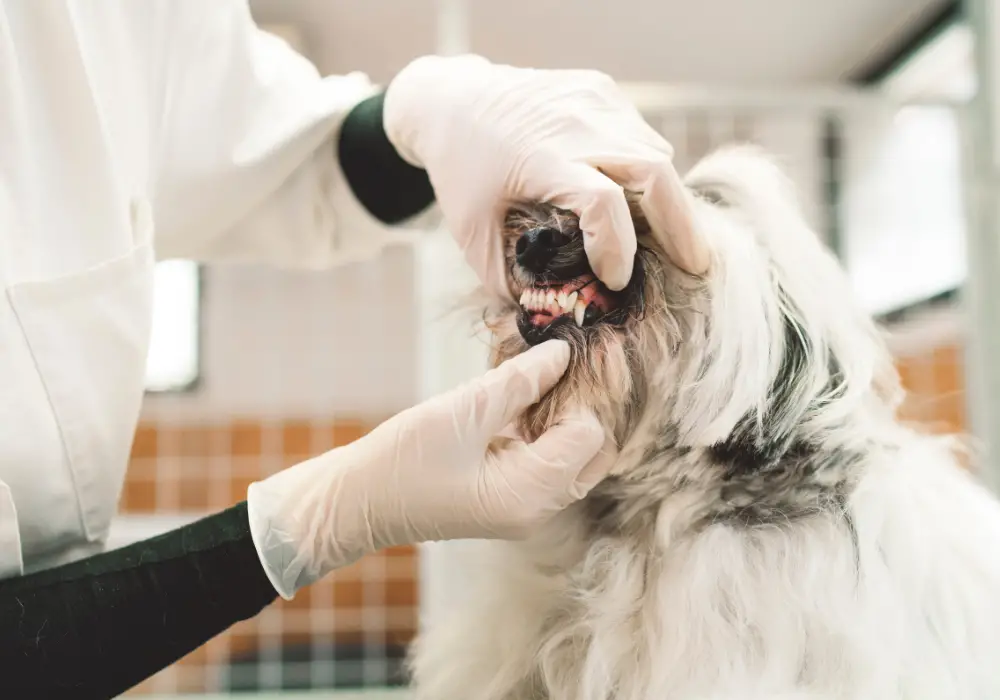
Your veterinarian shouldn’t pull teeth unless there’s a decent reason. Before they can make the call, they will want to do an x-ray and ensure there is no other procedure that could save the tooth first.
The most common reasons dogs have teeth pulled involve:
- Dental diseases
- Trauma to the face
- Overcrowding
- Misalignment
- Tooth decay and deterioration
While you can avoid some of these issues, others occur by accident or are passed down genetically.
Dental Diseases
It’s estimated that 4 out of 5 dogs will have periodontal disease (Periodontitis) by the time they are 4 years old. This particular issue is characterized by plaque and tartar buildup that triggers inflammation.
Periodontal disease affects not only the teeth but all areas of the mouth, including the gums and even bones of your pet. Diseased gums are a direct concern, but deterioration can also cause bone loss in the jaw, loss of teeth, and open up infection to other areas.
Some symptoms of periodontal disease include:
- Difficulty chewing (particularly on hard foods)
- Broken and/or missing teeth
- Discharge, excessive drooling, or bleeding from the mouth
- Favoring one side of their mouth
- Growths in the mouth
- Inability to open or close their mouth
Any change in behavior, especially when it involves their mouth, may communicate discomfort associated with diseased teeth.
Trauma
Trauma is not uncommon in dogs, who don’t seem to understand the concept of losing their teeth or emergency veterinary dentist bills. These range from tiny cracks to chipped teeth, fractures, and more.
The main causes of trauma include:
- Chewing on something hard, like an antler or poorly designed chew toys (remember: anything as hard as a dog’s tooth can break a dog’s tooth)
- Dog fights or rough play
- Automobile accidents
- Hits to the head or face
You should seek care as soon as possible to prevent future issues. Sometimes a broken tooth is just left alone, but one that fractures to the pulp may require extraction.
Overcrowding and/or Misalignment
When dogs don’t lose their puppy teeth or their mouths end up too small for their adult teeth, they may need some removed to maintain proper dental health.
This may cut into their full count of adult teeth, but it’s necessary to prevent other issue like:
- Malocclusion
- Uneven wear
- Bite problems
Usually, early intervention prevents the need to remove a greater number of teeth later in your dog’s life.
Tooth Decay and Deterioration
Tooth decay and deterioration separate from dental disease is also a concern. Dogs use their teeth to explore the world, and this puts more miles on them than our teeth will ever see.
Eventually, clashing teeth during play and chewing on questionable objects (including feces) leads them down a dark path. Some breeds, like Yorkies or Greyhounds, seem to ride the fast track to these problems.
You can prevent tooth decay by staying on top of oral hygiene and going in for regular dental checkups, but deterioration may happen regardless. Your veterinarian should keep an eye out for any signs of trouble.
Any changes in behavior, especially those affecting eating habits or involving your dog’s mouth, merit a prompt checkup to make sure things are okay.
When a Dog’s Tooth Should be Pulled
Pulling a tooth is not a simple decision. Your veterinarian will consider a multitude of factors, including:
- Whether the pulp is exposed and/or infected
- How severe the damage is
- Whether there are pockets under the gums
- How secure the tooth is
- Whether there is loss of gum tissue, bone tissue, and/or roots
- How many teeth are compromised
- How much pain your dog is in
Usually, they try alternatives like antibiotics first, but even seemingly small issues (like cavities) are actually larger than they appear.
Conclusion
Dogs are adaptable creatures, and their cohabitation with humans allows them to have all their teeth pulled with minimal issue. While it’s less than ideal, it can improve the dog’s quality of life and prevent bigger problems like organ damage or a shortened lifespan.
Still, it’s best to do as much as you can to prevent the problem. Brush your dog’s teeth at least once a day using a VOHC-approved dog toothpaste, and take them in for regular checkups. Early intervention is key to limiting the number of extractions.
Are you concerned about your dog’s dental health or have a related question? We’re happy to address these issues in the comments.


